Learning
.jpg?sfvrsn=81480440_0)
FAO’s multilingual self-paced e-learning courses
Reducing threats to biodiversity (KMGBF Target 1–8)

Spatial Planning in the context of the responsible governance of tenure
The course introduces spatial planning, identifying its rationale and benefits, its key principles and the main stages in the spatial planning process. It represents a useful reference for all those who want to promote and implement spatial planning in their countries as an instrument to reconcile and harmonize different interests on land, fisheries and forests.
Access course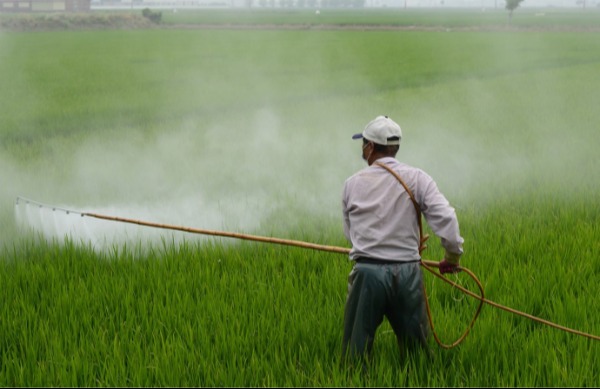
Highly Hazardous Pesticides
This course introduces the classification of Highly Hazardous Pesticides (HHPs) including the systems used for identification, mitigation and the sourcing of alternatives.

Introduction to forest and landscape restoration
Degradation of forests and landscapes impacts the global climate, and also the food security and livelihoods of communities. Forest and landscape restoration (FLR) is a process which brings stakeholders together to create healthy, resilient and productive landscapes and meet national, regional and global commitments. This course has been developed to introduce the key concepts and process of forest and landscape restoration.

Monitoring forest and landscape restoration
As countries work to meet their national commitments to restoring degraded landscapes, it is important that all FLR interventions have manageable monitoring systems in place, to assess progress towards specific goals, support adaptive management and ensure transparency.
Learn more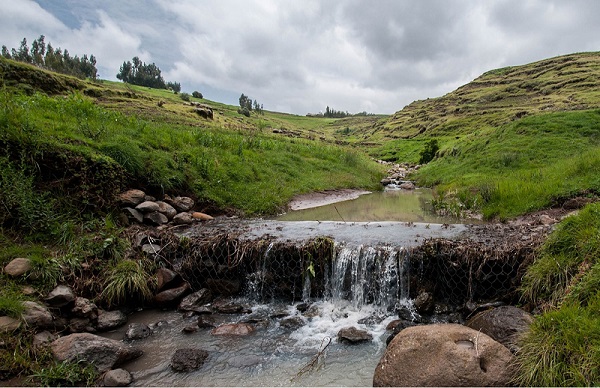
Sustainable land management and restoration
This course focuses on Sustainable Land Management (SLM) practices, and their place within the global development agenda, specifically in order to achieve target 15.3 of the Sustainable Development Goals (SDGs), which aims "to achieve a land degradation-neutral world".
Learn more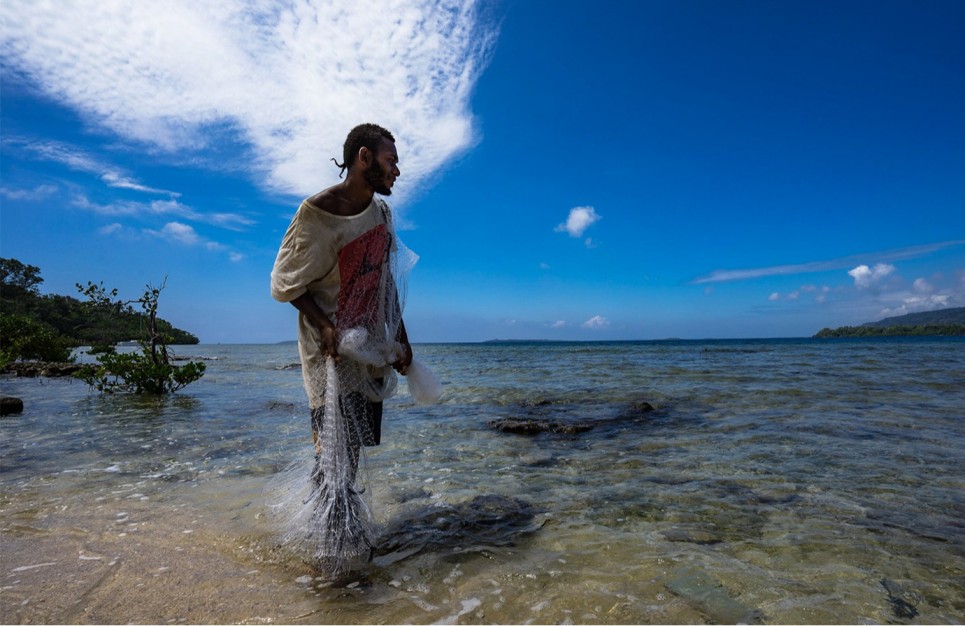
Climate-smart fisheries and aquaculture
This course has been designed to support the inclusion of climate-smart agriculture (CSA) approaches in the fisheries and aquaculture sector. It provides technical knowledge on these concepts and examines how implementation of CSA practices can enhance mitigation and adaptation to climate change in the sector.
Learn more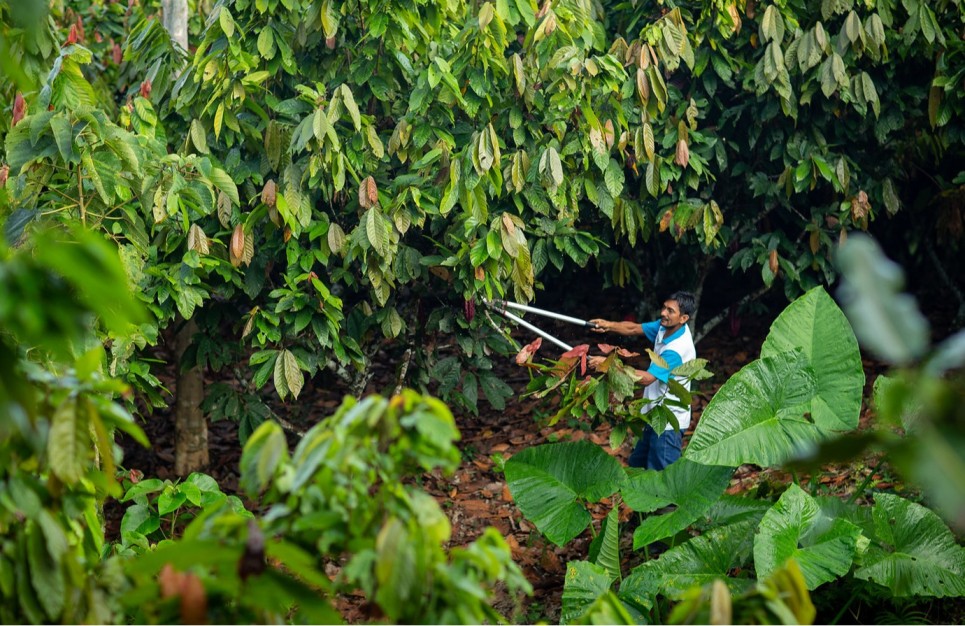
Climate-smart forestry
This course explores the role of forests and trees in climate-smart agriculture (CSA). It takes into consideration the ecosystem services and goods that forests provide, and the importance of forests for the food security of forest-dependent people. It explores the complex relationship between climate change and forests.
Learn more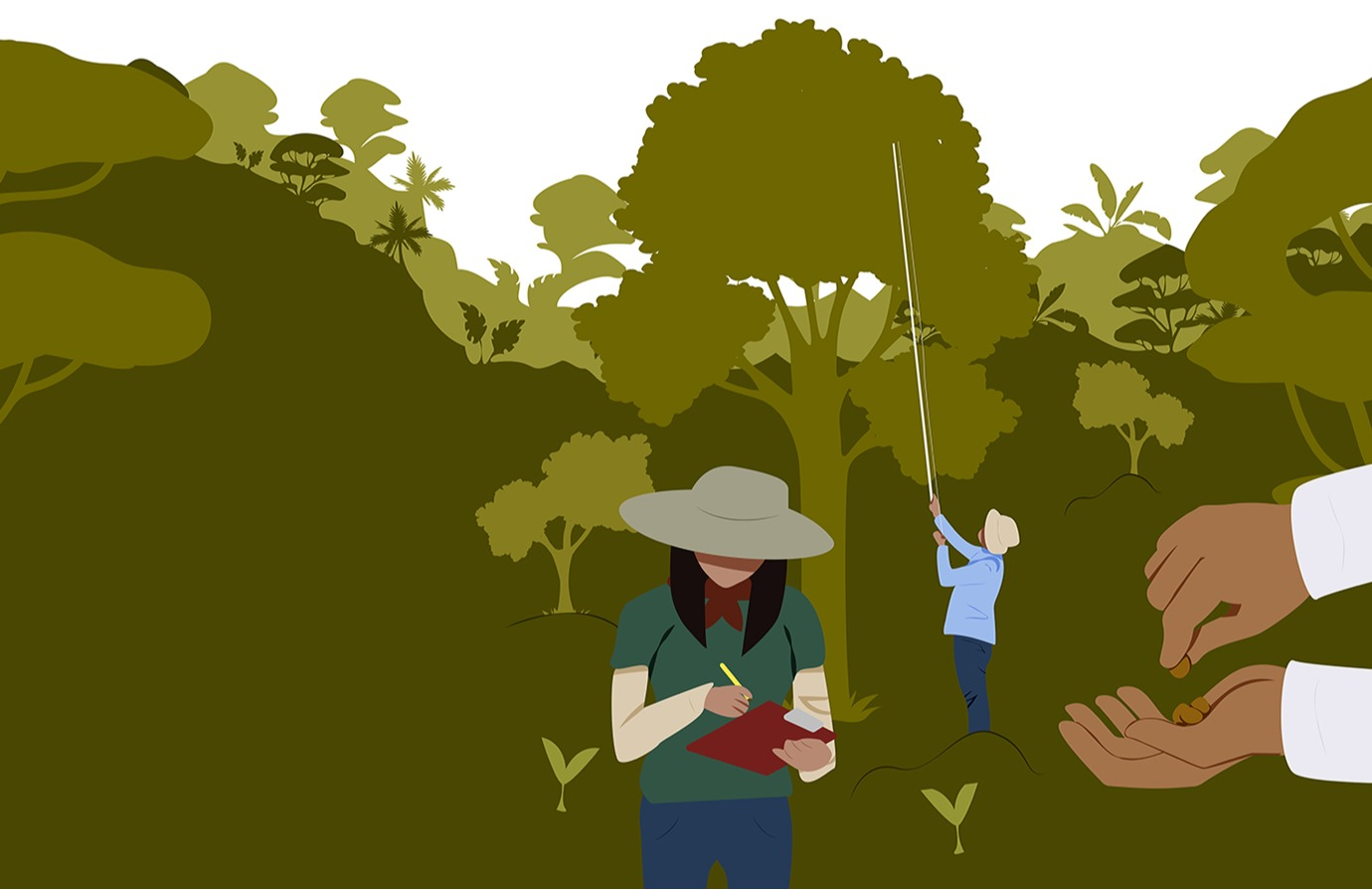
Planning seed and seedling supply for forest and landscape restoration
This course explores how to plan seed and seedling supply for forest and landscape restoration (FLR). This includes the importance of considering seed and seedling origin and genetic quality, the reproductive and supply chain bottlenecks that reduce genetic diversity or adaptive capacity, and approaches, tools and institutional frameworks that can help ensure that quality seed and seedlings are available for diverse restoration objectives.
Access courseMeeting people’s needs through sustainable use and benefit-sharing (KMGBF Target 9–13)

Climate Change Adaptation and Mitigation in Fisheries and Aquaculture
This course provides an overview of adaptation and mitigation strategies that can be implemented in response to climate change impacts on the fisheries and aquaculture sector.
Access course
An introduction to Urban and Peri-urban Forestry
This course introduces the concepts of urban and peri-urban forestry. The course considers the important ecosystem services provided by urban forests, which help countries to achieve their Sustainable Development Goal (SDG) targets, and the challenges that must be navigated during their planning, design and management.
Access course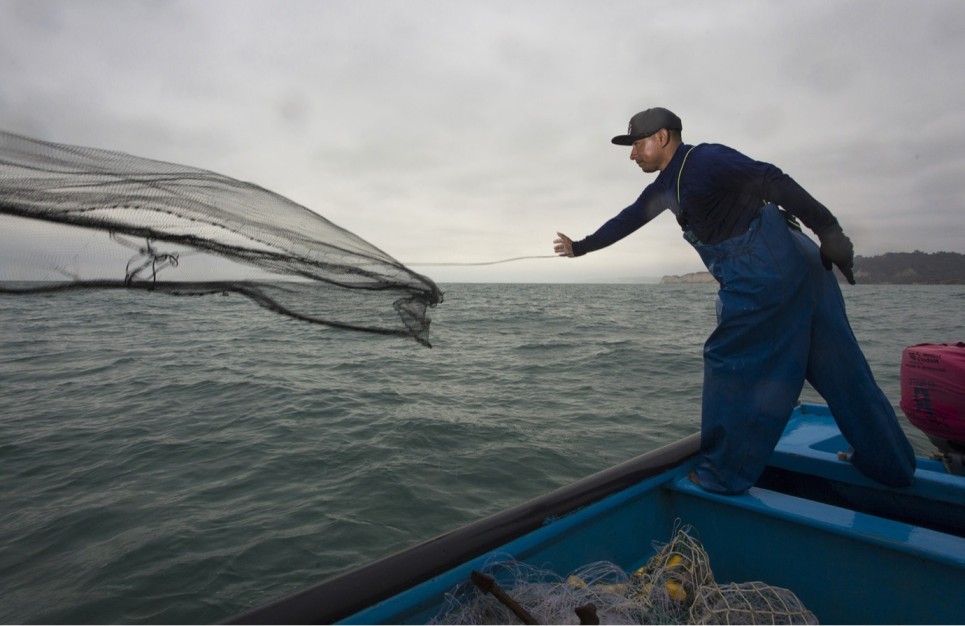
Developing and Implementing National Plans of Action for Small-Scale Fisheries
The development of National Plans of Action for Small-scale Fisheries (NPOA-SSF) is intended to assist in the implementation of the SSF Guidelines. This course is aimed at improving the accessibility to the NPOA-SSF process, thus facilitating the development of an NPOA-SSF by national governments.
Access course
Preparing for a National Forest Inventory
This course provides an overview of information gathering and data management for national forest inventories (NFI).
Access course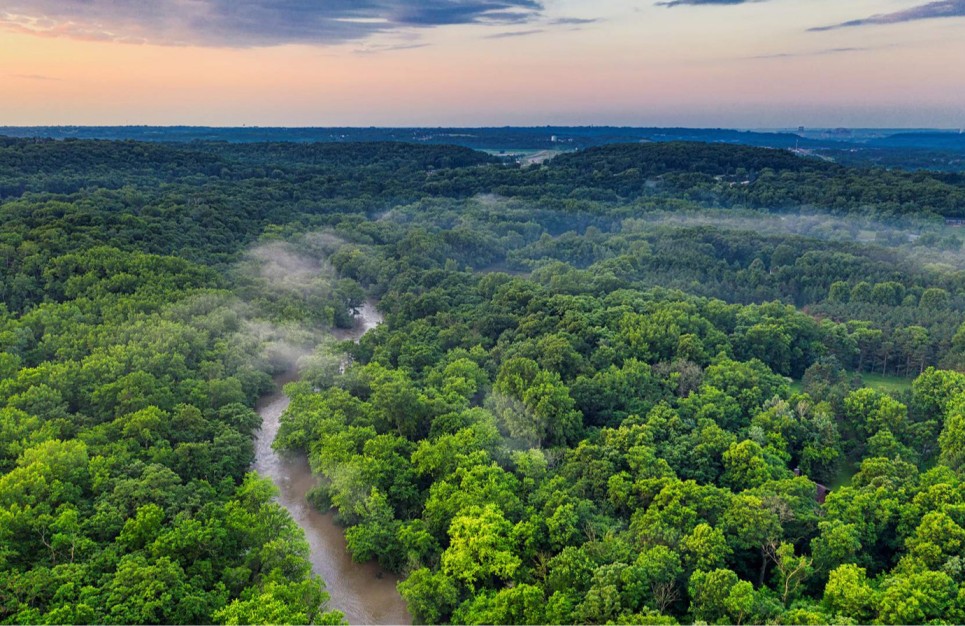
Why a National Forest Inventory?
This course describes the goals and purpose of a national forest inventory (NFI) and explores how NFIs inform policy- and decision-making in the forest sector. It then explores the importance of data in forest-related decision-making and evaluates the contribution of NFIs in national, international and climate change data reporting mechanisms.
Learn more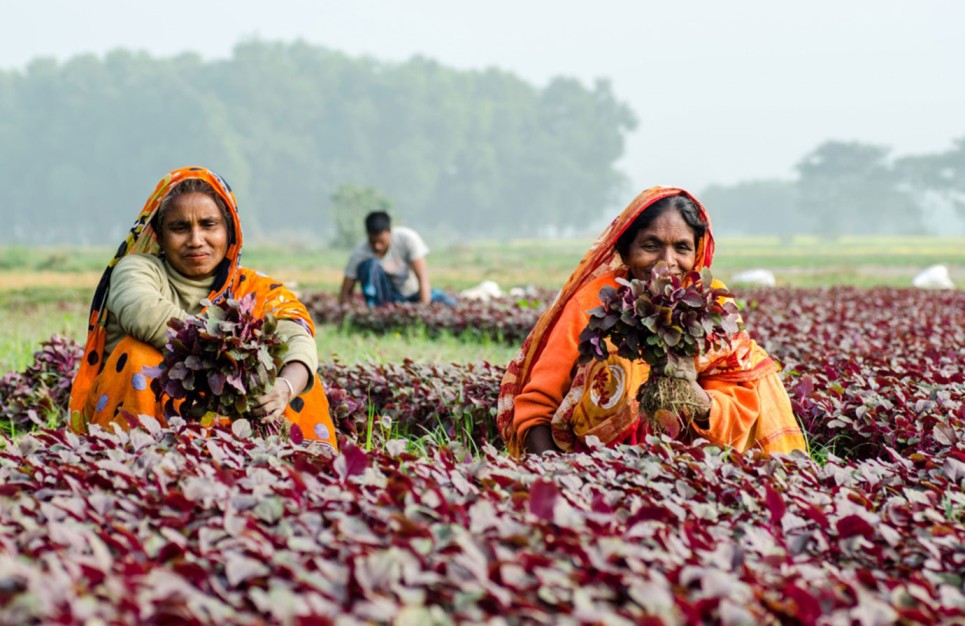
Climate Smart Agriculture, Loss of biodiversity, and the Uncertainties Associated with Climate Change
Objectives of the session: Define the risks and uncertainties brought by climate change; Recognize the loss of biodiversity caused by climate change; Illustrate examples of climate-smart agriculture as a response to increasing climate change issues.
Learn more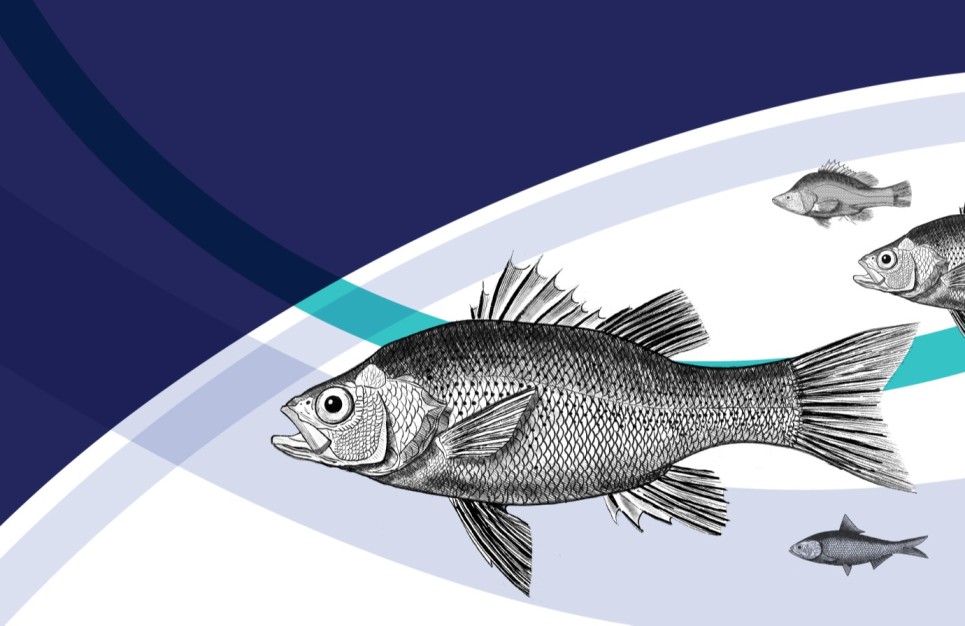
Mitigating the impact of irrigation infrastructure on fish migration
This course explores how to assist migratory fish populations impacted by irrigation infrastructure. The course details migratory fish ecology and how river development such as dams and weirs impact fish, biodiversity and food security. It also looks at practical solutions to modernize irrigation through policy and engineering tools.
Learn more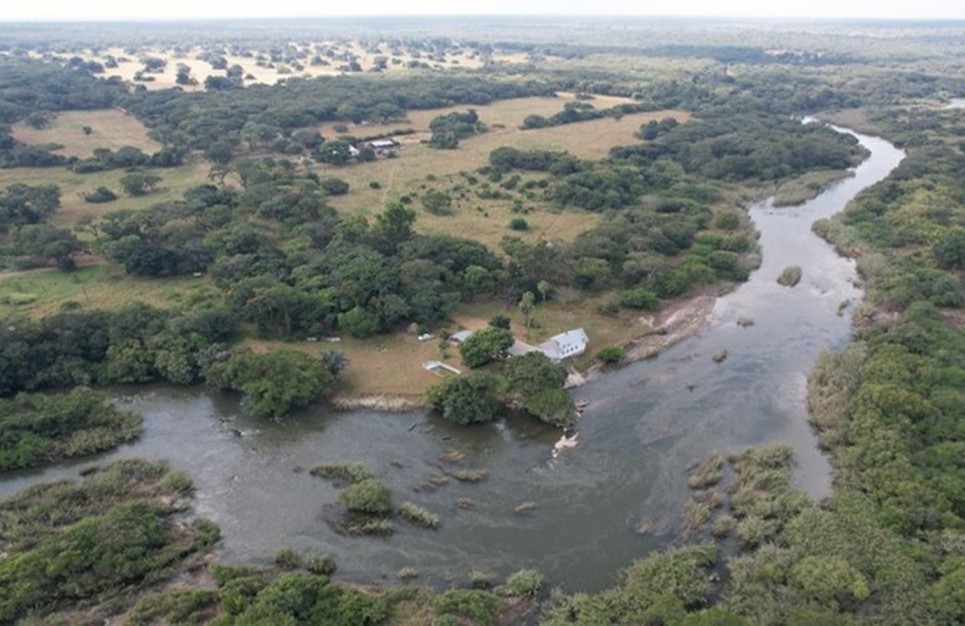
Resilient rivers - Watershed-based management of forests, freshwater, and inland fisheries
Focusing on freshwater systems, this course inspires managers, scientists, and community members to work across disciplines and watersheds. The course coaches learners to understand, monitor, and manage watersheds as integrated systems. Lessons begin with watershed function and then focus on forests, freshwater, and fisheries.
Learn more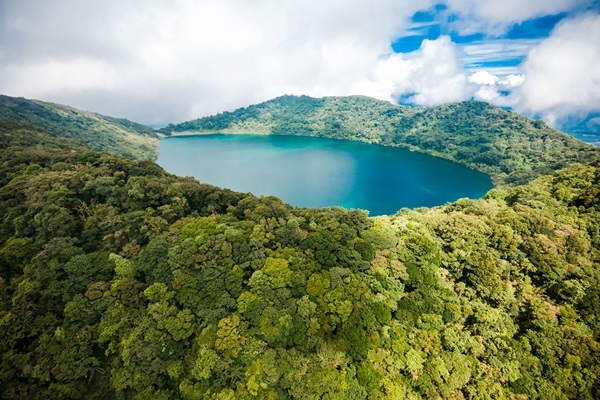
SDG indicators 15.1.1 and 15.2.1 - Forest area and sustainable forest management
This course has been developed to guide countries in reporting on Indicators 15.1.1 and 15.2.1. It illustrates the rationale of the indicators, the definitions and methodologies on which monitoring activities are based, and explains the process and the tools available for compiling data related to the two indicators through the FRA Programme.

SDG Indicator 14.b.1 - Securing sustainable small-scale fisheries
This course provides tools, methods and processes to support countries in monitoring and reporting on SDG Indicator 14.b.1 for securing sustainable smallscale fisheries.
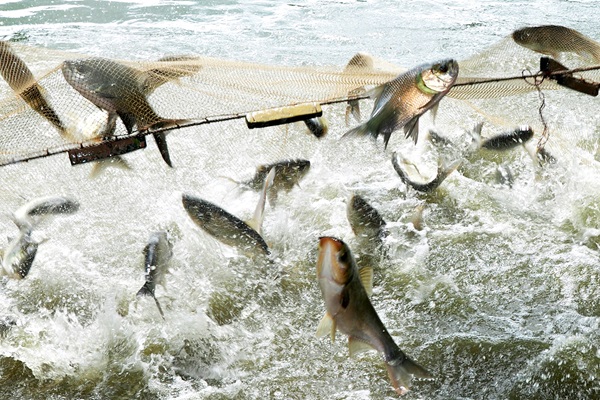
SDG Indicator 14.4.1 – Fish stocks sustainability
This course focuses on SDG Indicator 14.4.1 - Fish stocks sustainability: “Proportion of fish stocks within biologically sustainable levels”. It introduces basic fisheries concepts and definitions, illustrates some technical aspects of classical and data-limited stock assessment and provides detailed guidance on process and tools for the analysis and reporting.
Learn more.jpg?sfvrsn=a43710ff_1)
SDG Indicators 2.5.1 and 2.5.2 - Plant and Animal Genetic Resources
This course has been developed to support countries in the analysis and reporting for SDG Indicators 2.5.1 and 2.5.2. These indicators measure the achievement of SDG target 2.5, which focuses on maintaining genetic diversity of seeds, cultivated plants and farmed and domesticated animals and their related wild species.
Learn more-(1).jpg?sfvrsn=ecf3abdf_1)
SDG Indicator 2.4.1 - Sustainable Agriculture
This course has been developed to support countries in the analysis and reporting for Indicator 2.4.1 of the 2030 Sustainable Development Goals (Proportion of agricultural area under productive and sustainable agriculture), and to facilitate the understanding of the main concepts underpinning the methodology.
Learn more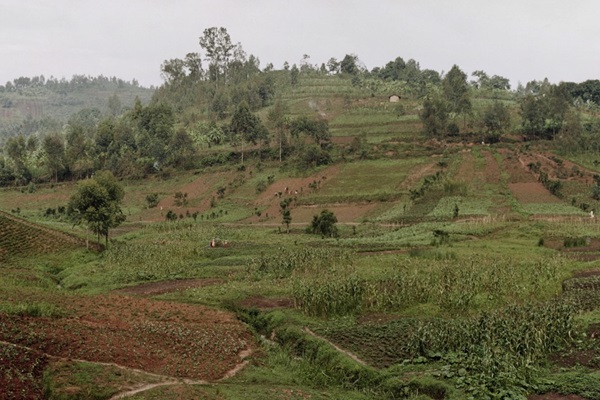
Online introductory course to the International Treaty on Plant Genetic Resources for Food and Agriculture
his course introduces learners to the International Treaty on Plant Genetic Resources for Food and Agriculture. Adopted in 2001, the treaty provides a legally binding framework for conservation and sustainable use of all plant genetic resources for food and agriculture (PGRFA), balancing the interests of developed and developing countries.
Learn more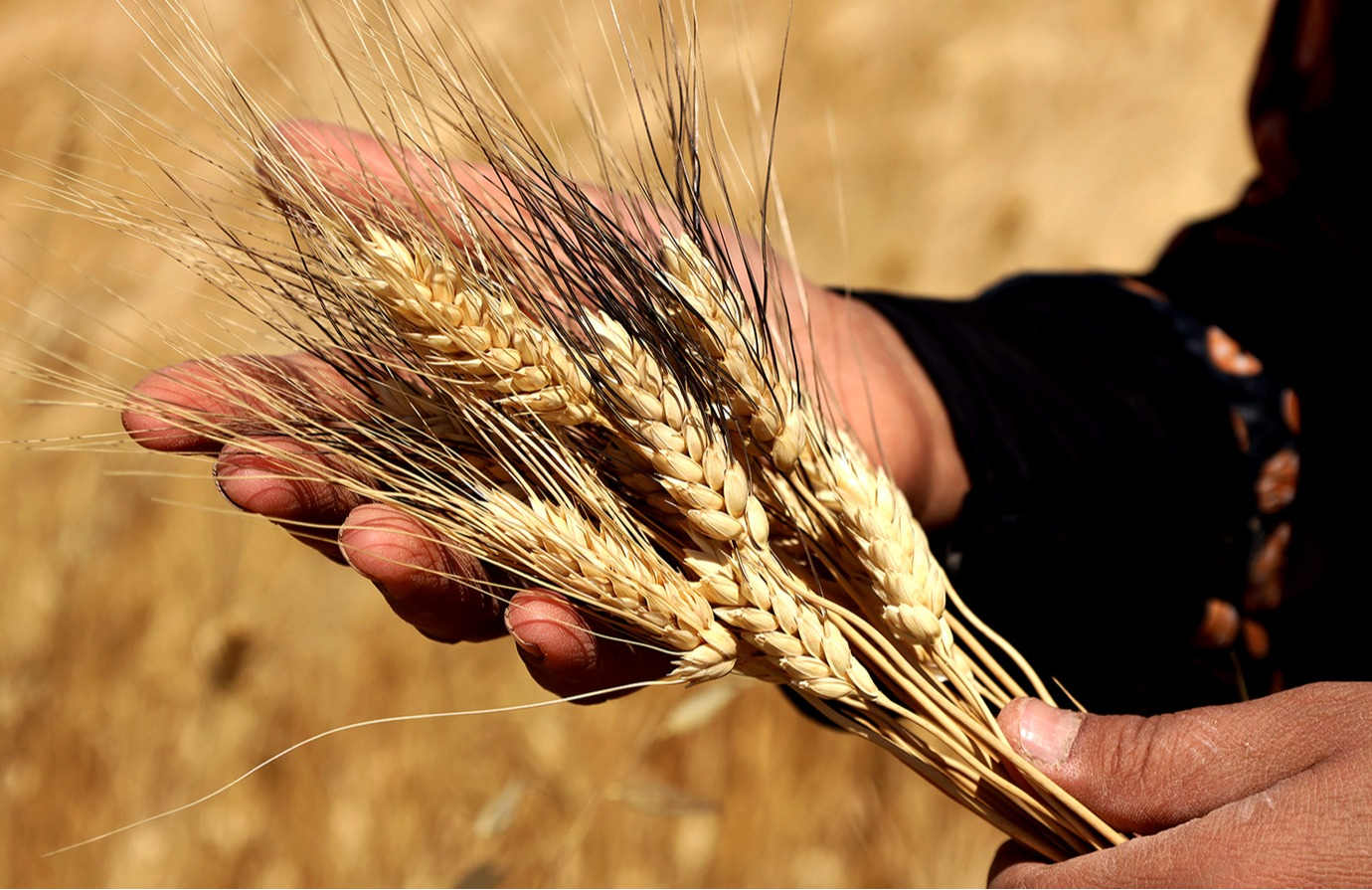
The Multilateral System of Access and Benefit-sharing
This course provides an overview of the legal and historical perspectives that led to the development of the Multilateral System of Access and Benefit-sharing (Multilateral System). It emphasizes the importance of the exchange and transfer of plant genetic resources in order to feed a growing global population.
Learn more.jpg?sfvrsn=8b2c5b6_1)
Recognizing other effective area-based conservation measures in marine fisheries
Recognizing other effective area-based conservation measures in marine fisheries.
Learn more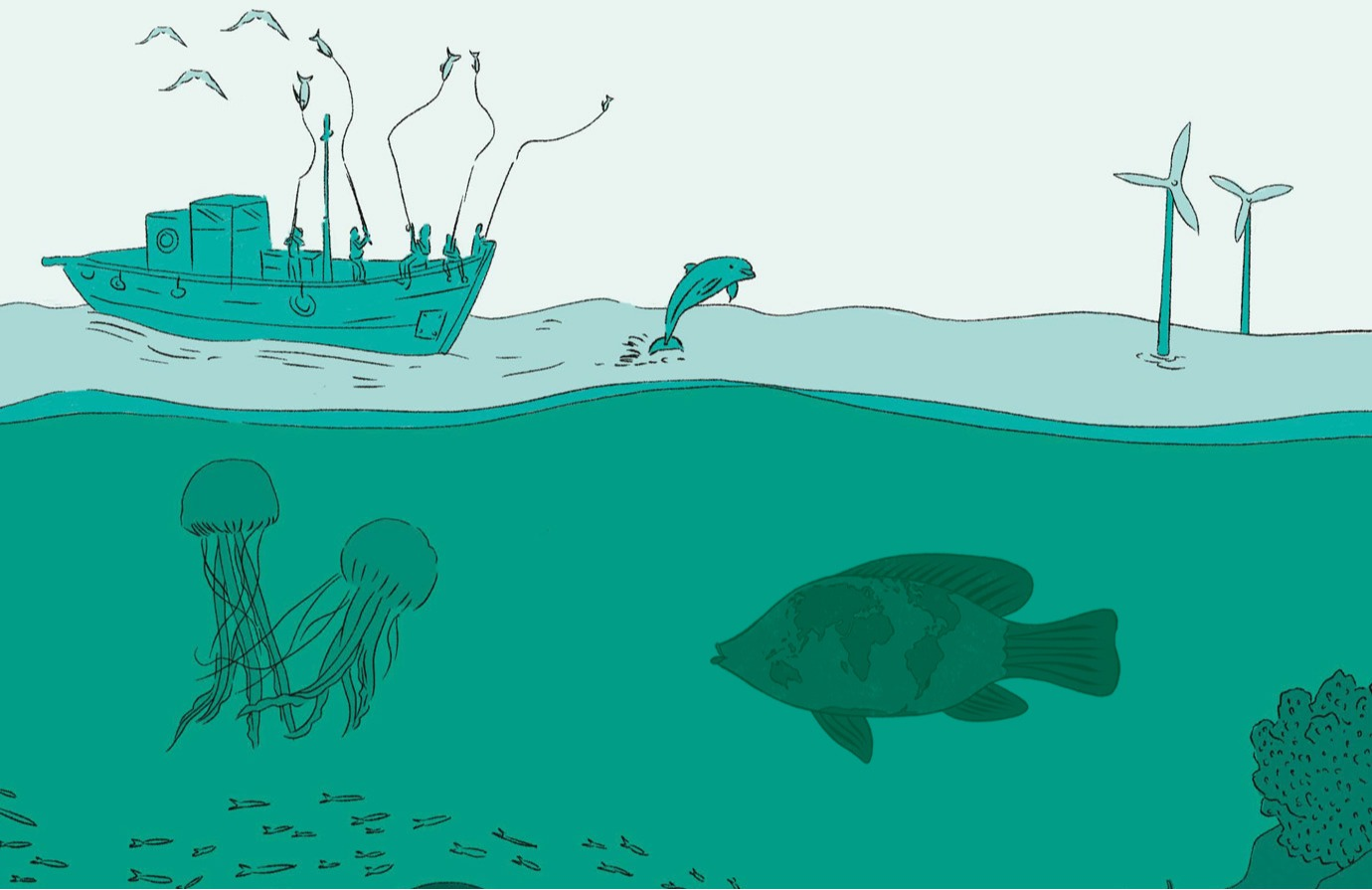
Introduction to other effective area-based conservation measures in marine fisheries
This course provides the background and context on other effective area-based conservation measures (OECMs) in marine fisheries.
Learn more.jpg?sfvrsn=92d3ff13_5)
Institutionalization of forest data
This course intends to establish a clear path towards a more efficient and effective use of forest data, underscoring the crucial significance of institutionalizing a robust national forest monitoring system (NFMS) within countries. Additionally, it emphasizes transparency, sustainability, and data-sharing as critical pillars for the NFM strategy.
Learn more
Addressing Corruption in the Tenure of Land, Fisheries and Forests
This course provides an overview of corrupt practices in the tenure sector. It analyses the drivers and impact of corruption on the livelihoods and food security of poor and vulnerable people. It also introduces a series of options and tools that key players, including states, organizations and citizens can utilize to identify, assess and tackle corruption.
Learn more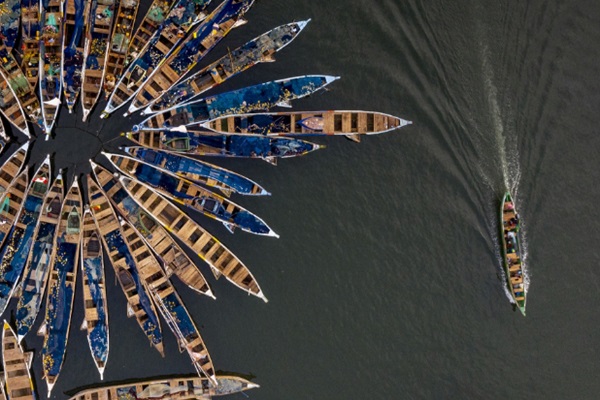
Legal and policy considerations for sustainable small-scale fisheries
This five-lesson course provides guidance on how to assess existing legal and policy frameworks for fisheries in a specific country, explains how to legislate for small-scale fisheries, and outlines the main components of small-scale fisheries-specific legislation.
Learn more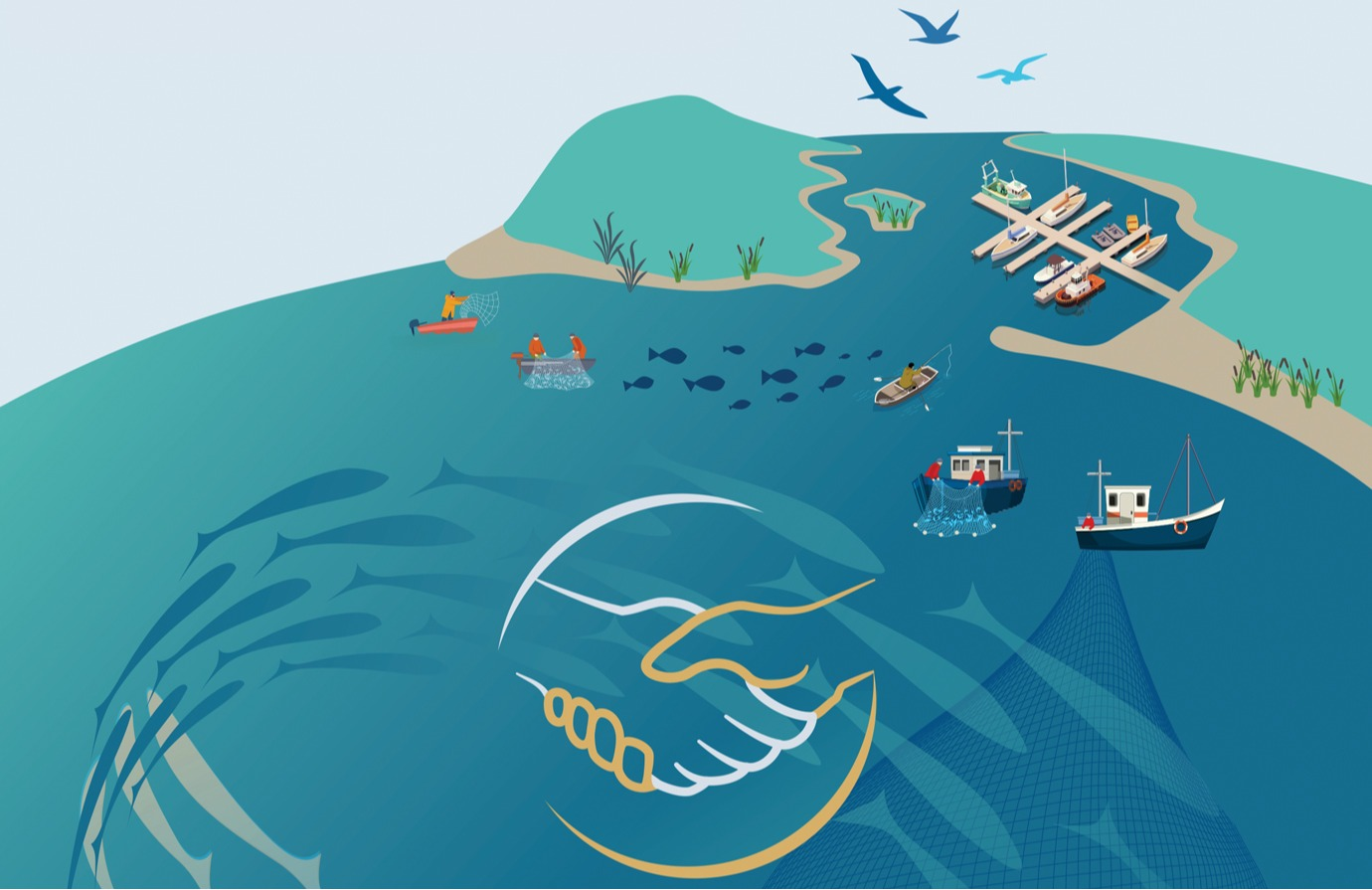
Evaluating fisheries co-management effectiveness
This course offers a process and method to evaluate the performance of a fisheries co-management system, in order to enhance its effectiveness in delivering benefits and contributing to environmental, social and economic sustainability and good governance.
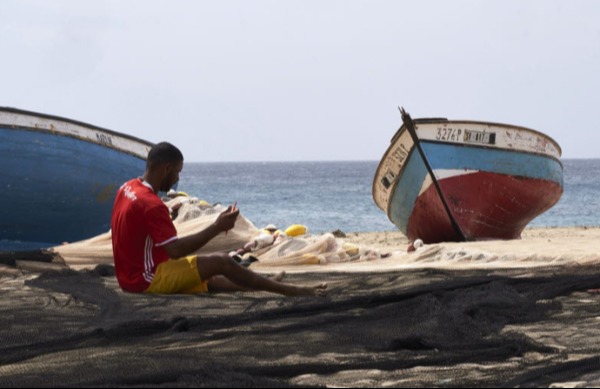
Ecosystem Approach to Fisheries - Introduction
This course is the first of a series that aims to provide guidance on the Ecosystem Approach to Fisheries (EAF) and its application to fisheries management. It provides a comprehensive overview of the world fisheries and goes on explaining fisheries management, its objectives, mechanisms and challenges.
Learn more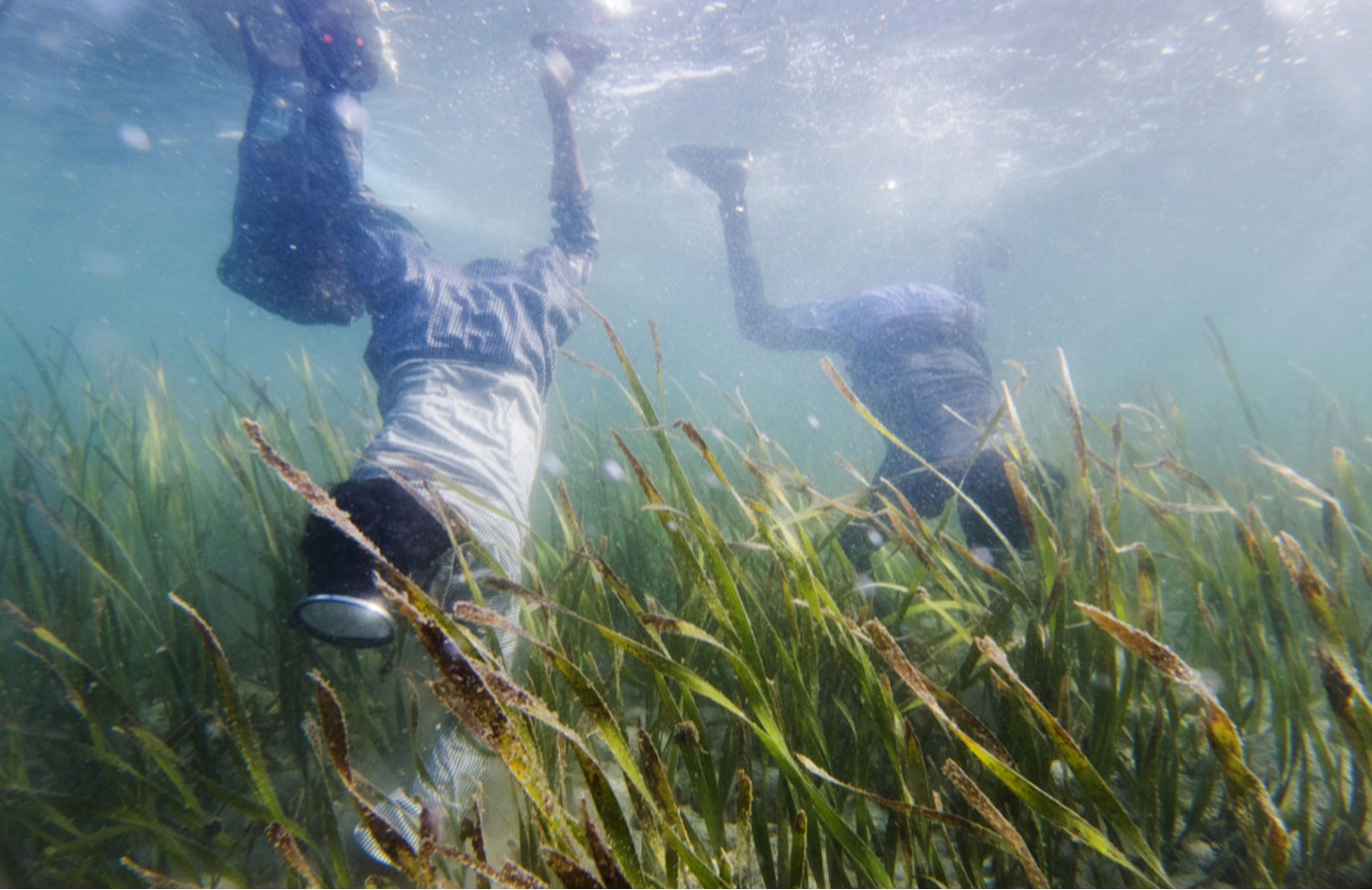
Ecosystem Approach to Fisheries - Planning
This course is the second of the series on the Ecosystem Approach to Fisheries (EAF), which has been adopted by the Food and Agriculture Organization of the United Nations (FAO) Committee on Fisheries (COFI) as the appropriate and practical way to fully implement the Code of Conduct for Responsible Fisheries.
Learn more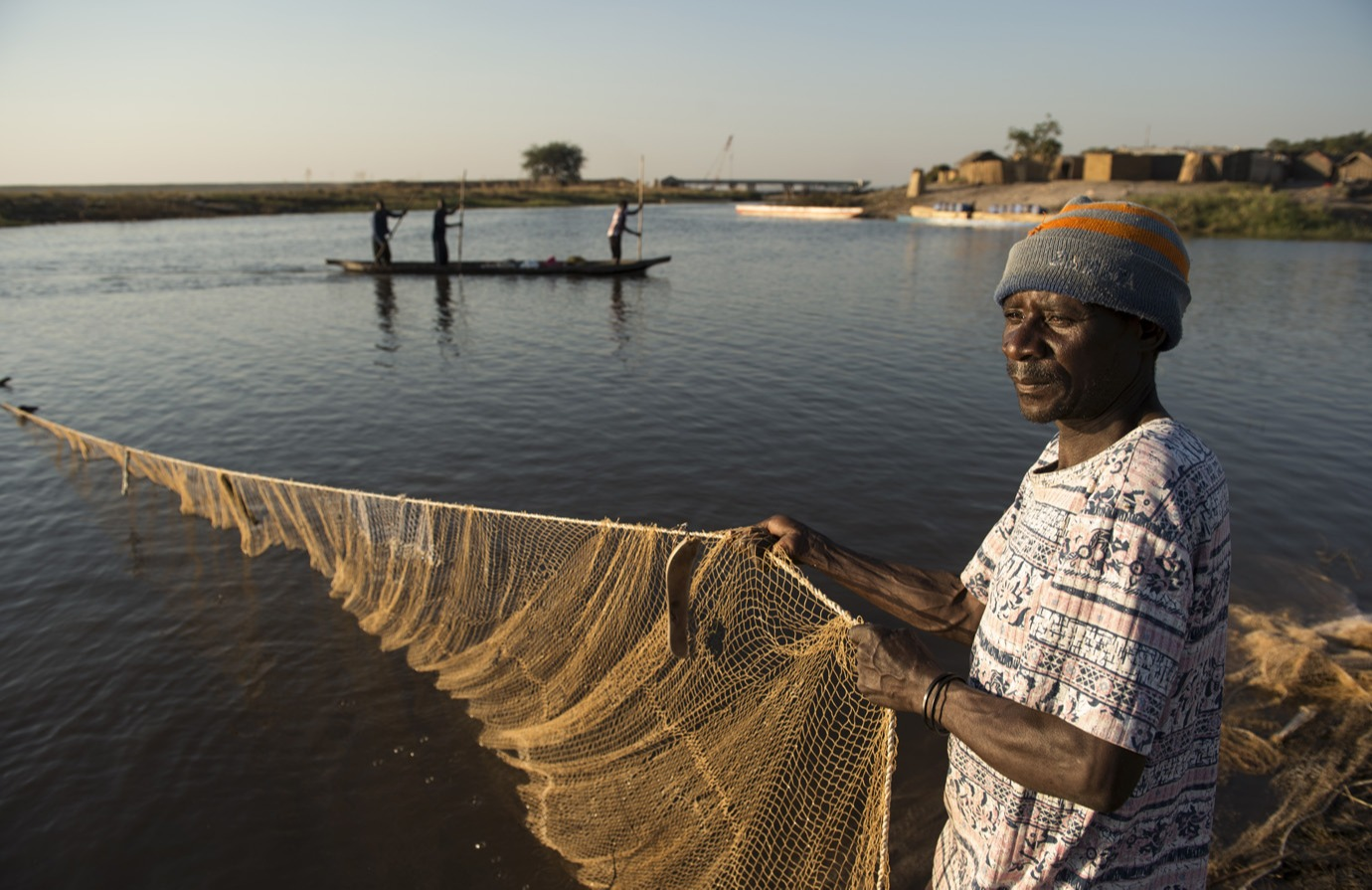
Ecosystem Approach to Fisheries - Policy and Legal Implementation
This course aims to support the implementation of an Ecosystem Approach to Fisheries (EAF) through policy and legal frameworks. It offers guidance in all the steps of implementing an EAF through policy and legal frameworks, also supporting the development of an EAF Implementation Roadmap.
Learn more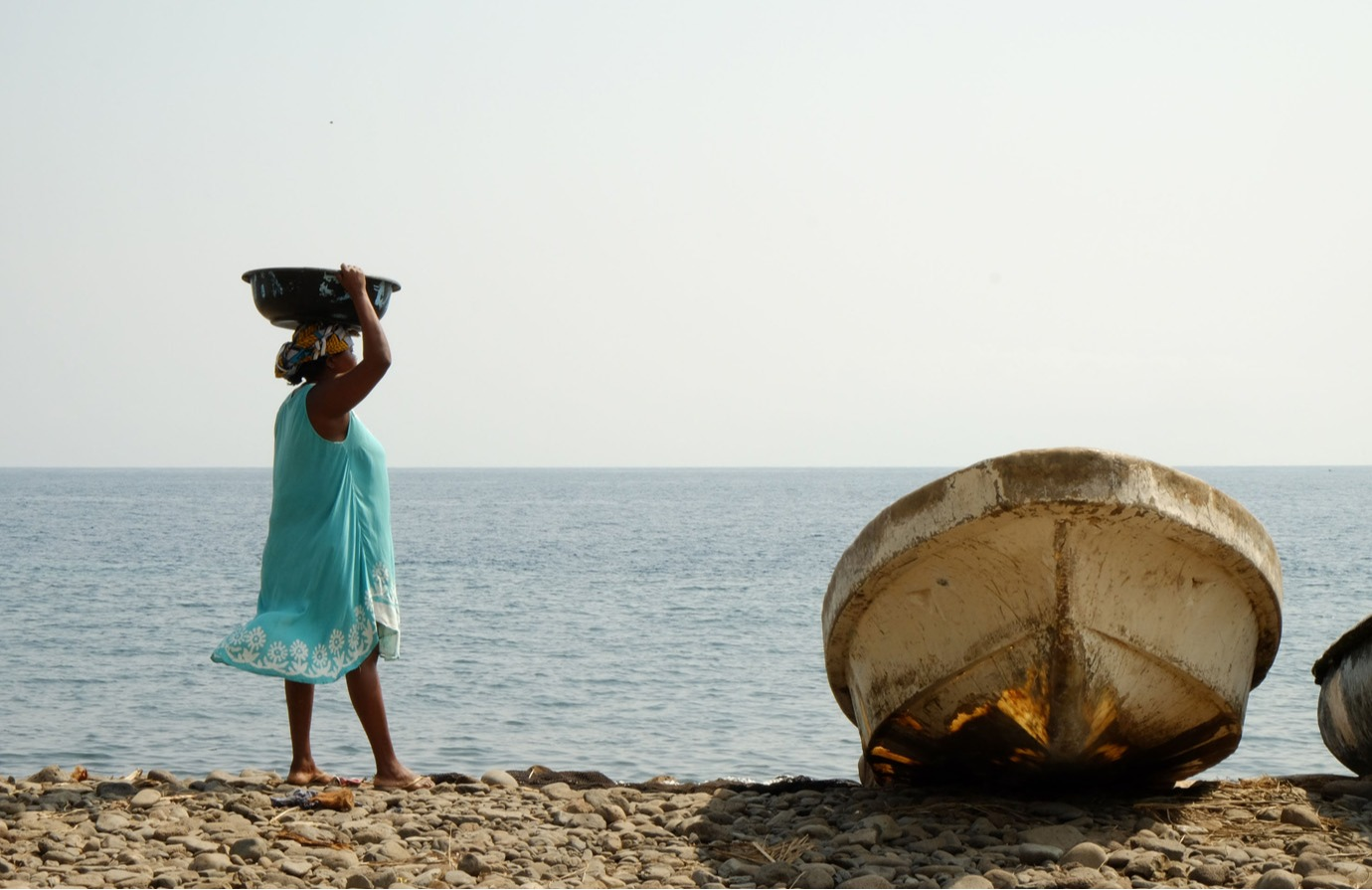
Ecosystem Approach to Fisheries - Implementation Monitoring Tool
This course is part of the series on the Ecosystem Approach to Fisheries (EAF). It features the EAF Implementation Monitoring Tool (EAF-IMT), a simple method to monitor progress in implementation of the EAF in fisheries management, that aims to support fisheries management planning and decision-making.
Access course
Aquaculture breeding and genetics
Topic outline
This e-learning course aims to raise awareness about the importance of the effective management of aquatic genetic resources used in aquaculture (and their wild relatives) highlighting the roles of FAO and its Member Nations in aquatic genetic resources (AqGR) management providing a context for the core modules outlining the key principles and practices of breeding programmes for genetic improvement in aquaculture.
Access courseTools and solutions for implementation and mainstreaming (KMGBF Target 14–23)
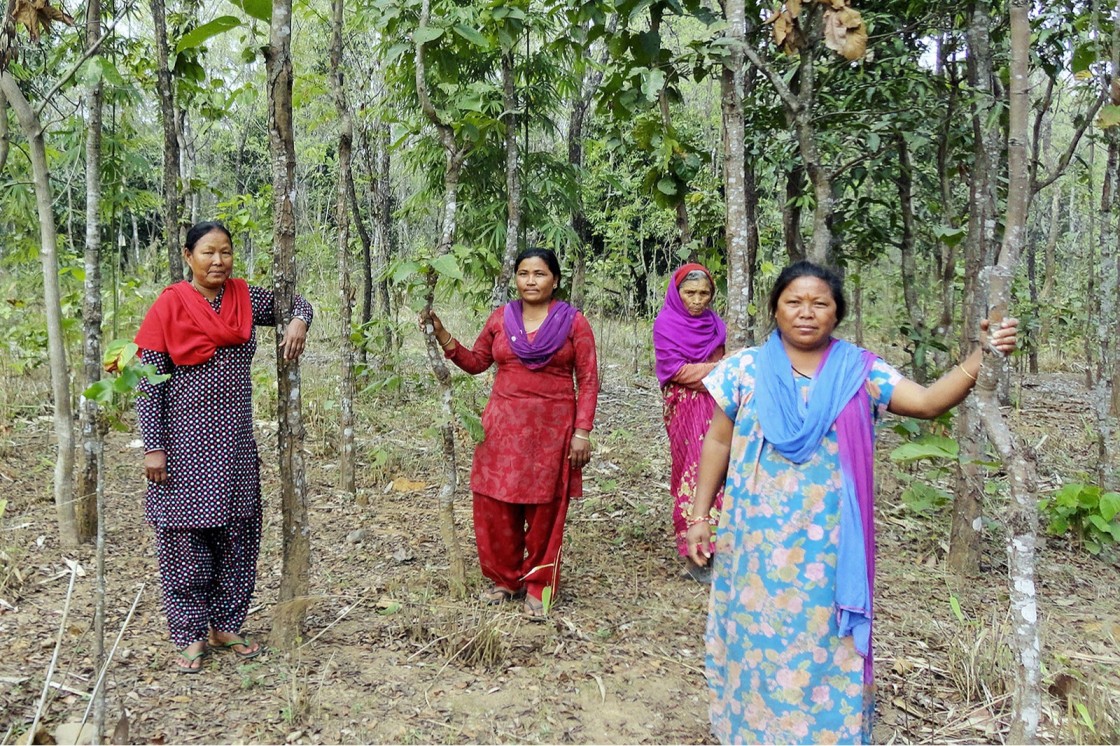
Free, Prior and Informed Consent (FPIC) - An indigenous peoples’ right and a good practice for local communities
This course focuses on how to practically operationalize the indigenous peoples’ right to Free, Prior and Informed Consent (FPIC) throughout all stages of the project cycle. The course describes each of the recommended six steps of the process and the related actions to be undertaken.

Introduction to the Responsible Governance of Tenure
The course introduces the main concepts and principles of the Voluntary Guidelines on the Responsible Governance of Tenure. It aims to help people understand the Guidelines and to apply the principles to practical situations in their countries, as well as to raise the general awareness of responsible governance of tenure of land, fisheries and forests.
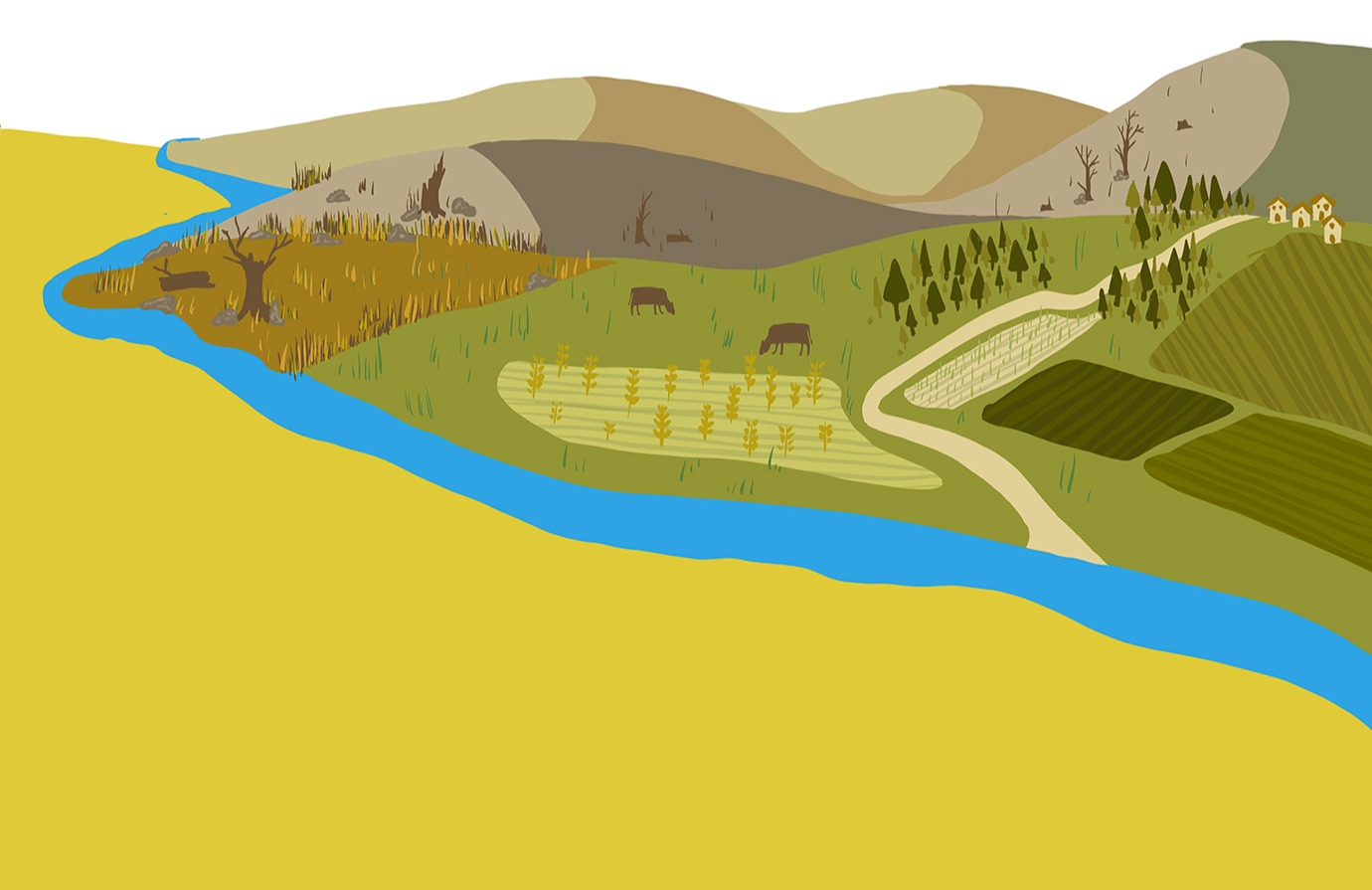
Sustainable financing of Forest and Landscape Restoration
To meet countries’ national commitments to restoring degraded landscapes, adequate public and private investments are needed to support the different steps of the FLR cycle. Financing sources are more efficient when used in a coordinated way.
Learn more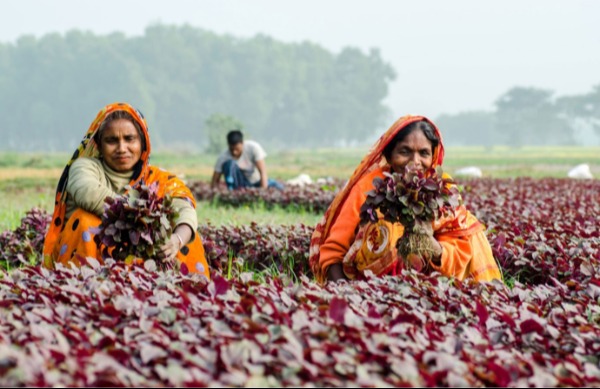
SDG Indicator 5.a.1 - Equal tenure rights for women on agricultural land
This course focuses on SDG Indicator 5.a.1, which is one of two indicators that focus on women’s ownership and/or control over agricultural land. As this is a statistical based indicator, after introducing its key concepts, definitions and rationale, the course offers detailed guidance both on data collection and manipulation, and computation.
Learn more.jpg?sfvrsn=52550dc2_1)
SDG Indicator 5.a.2 - Ensuring women’s legal rights to land ownership and/or control
This course focuses on SDG Indicator 5.a.2 which assesses women’s equal rights to land ownership and/or control. The course describes the indicator, explains its rationale and provides countries with step-by-step guidance for conducting the assessment.
Learn more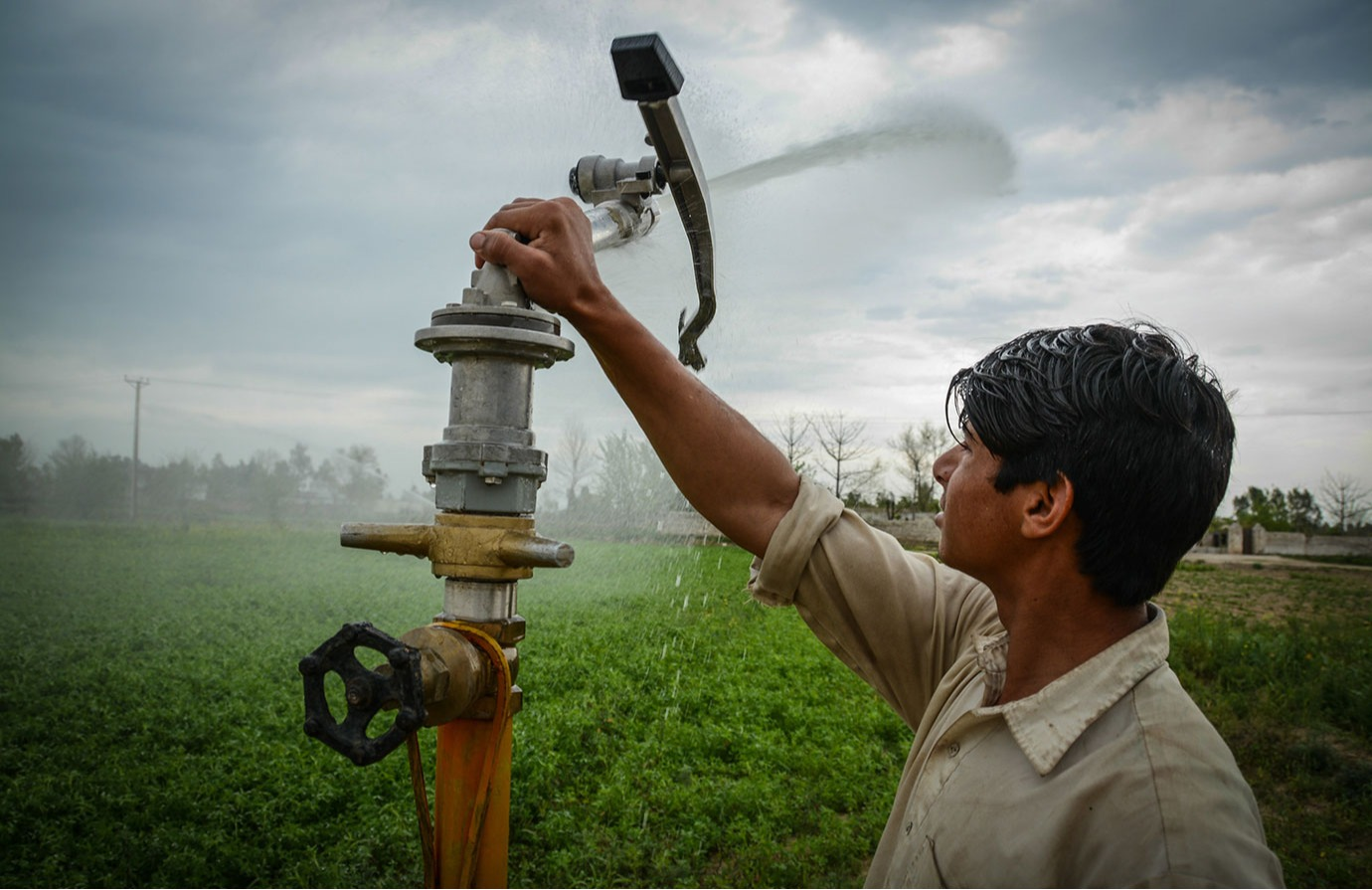
SDG Indicator 6.4.1 - Change in water-use efficiency over time
The course provides guidance on the rationale and the main characteristics of Indicator 6.4.1, and on how to compute the two dimensions constituting the indicator: the hydrologic and the economic component. It also highlights possible challenges related to data availability, and the impact that monitoring results may have on national decision-making.
Learn more.jpg?sfvrsn=bffb55a1_1)
SDG Sub-indicator 12.3.1.a – Food Loss Index
Sustainable Development Goal 12.3 is defined as the goal that “by 2030, halve per capita global food waste at the retail and consumer levels and reduce food losses along production and supply chains, including post-harvest losses”. The e-learning course covers the sub-indicator 12.3.1. a Food Loss Index (FLI).
Learn more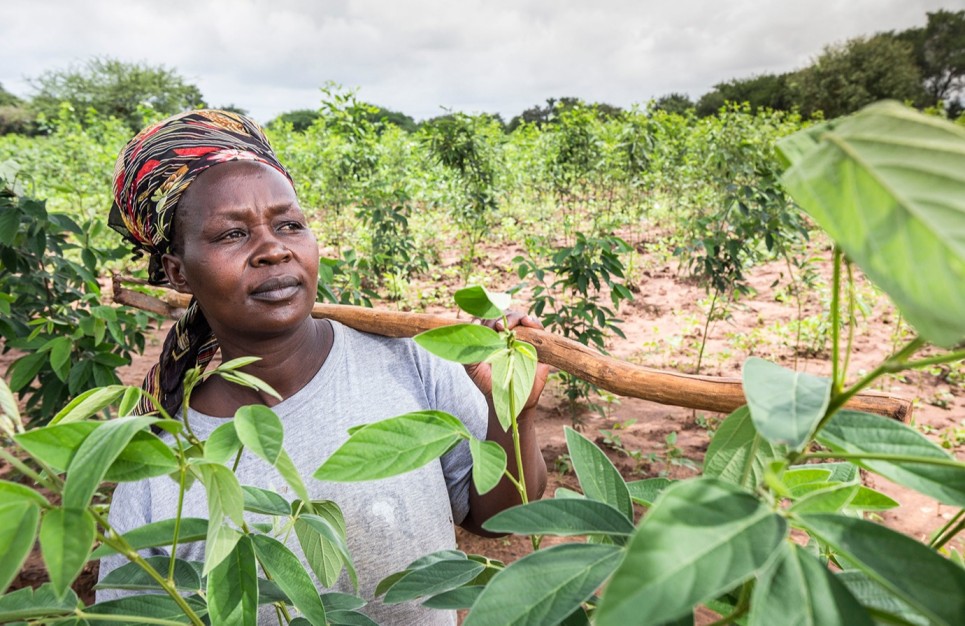
How to monitor and promote policy changes on governance of tenure
The course consists of 5 lessons, ranging from approximately 20 to 50 minutes duration each: Lesson 1 – Land monitoring as a tool for change in governance of tenure. Lesson 2 – What to monitor? Lesson 3 – How to monitor governance of tenure of land, fisheries and forests? Lesson 4 – What data to use? Lesson 5 – Getting the message across.
Learn more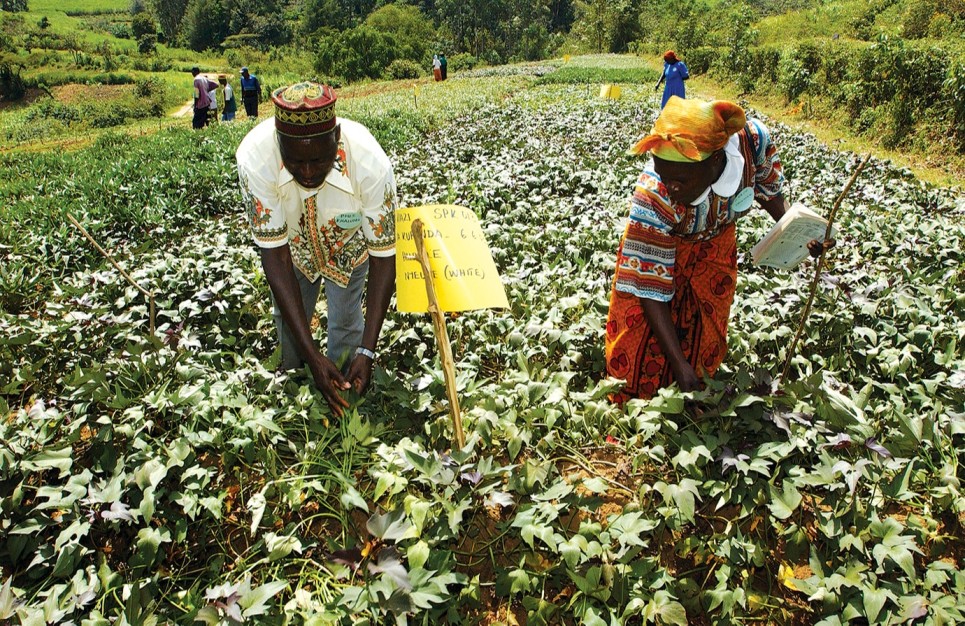
Governing land for women and men
This course explains the importance to take into account gender and social issues when dealing with land tenure, and what actions must be adopted so that women and men from different social groups can equally participate in and benefit from land tenure governance processes.
Learn more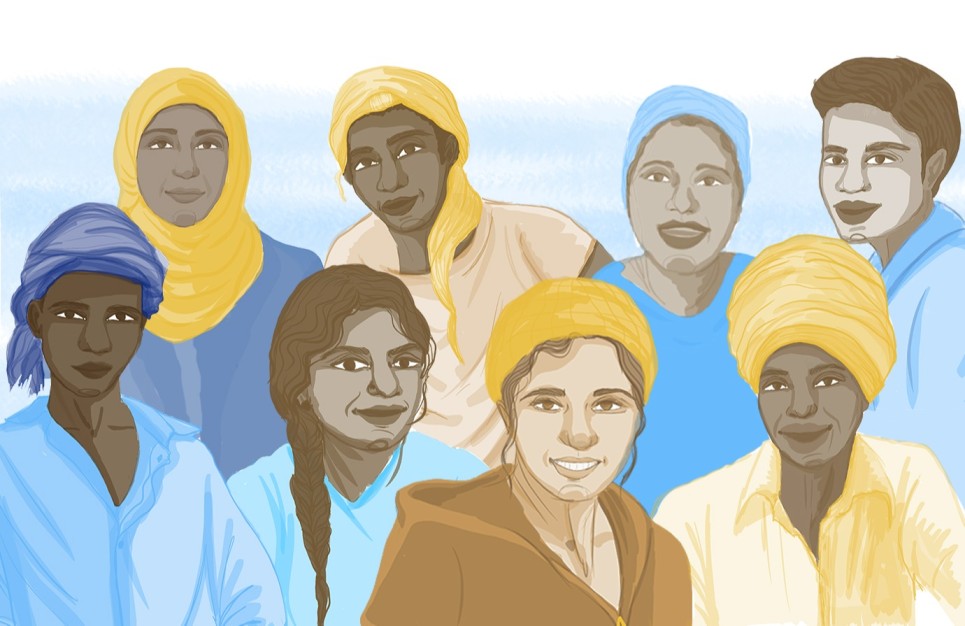
Empowering Youth to Engage in Responsible Investment in Agriculture and Food Systems
This course is intended to complement the series of three courses “Creating an enabling environment for responsible investment in agriculture and food systems - Fundamentals - Analysis – Reform”. It aims to provide guidance on youth-specific issues that should be taken into consideration when creating an enabling environment for investment.
Access course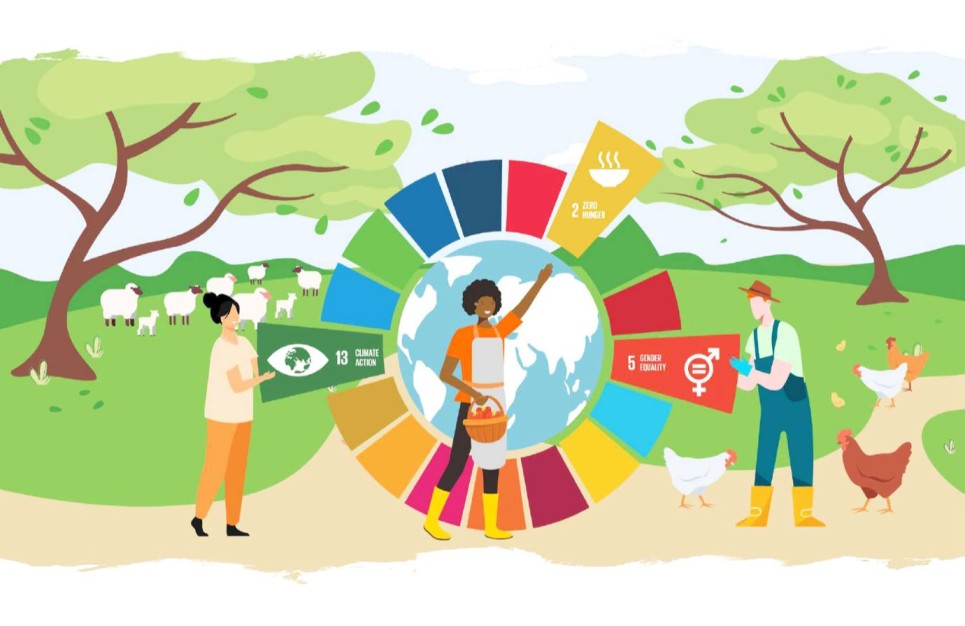
Introduction: Achieving Gender Equality in Climate Change and Agrifood Systems
This introduction will bring in the most critical issues affecting gender equality and explain why they are important for building inclusive and sustainable agrifood systems. Its purpose is to set the scene and provide key concepts, an overview, and key policy frameworks that will help you in the course series.
Learn more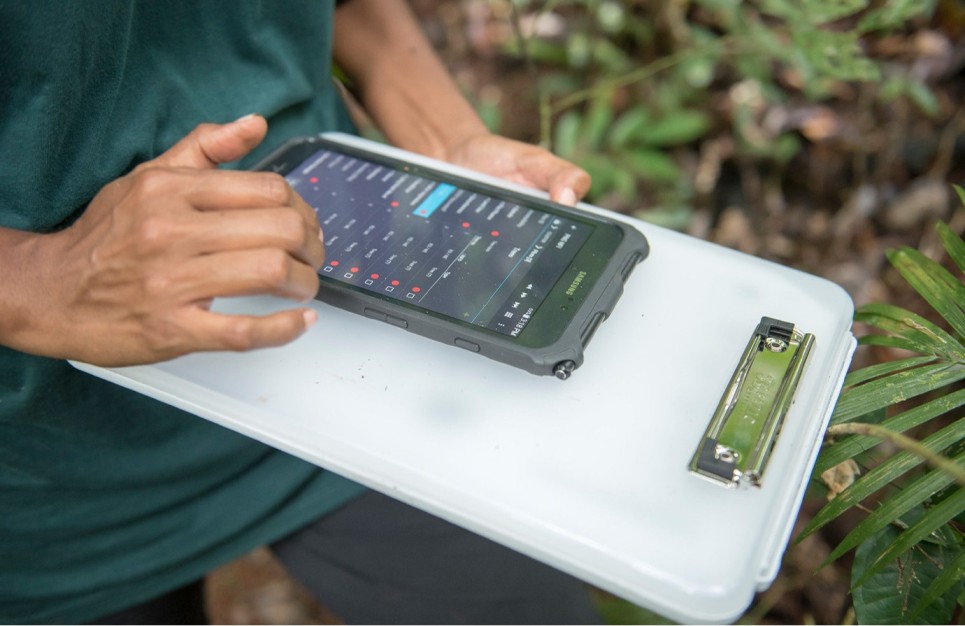
Data Management in a National Forest Inventory
This course provides an overview of information gathering and data management for national forest inventories (NFI).
Access course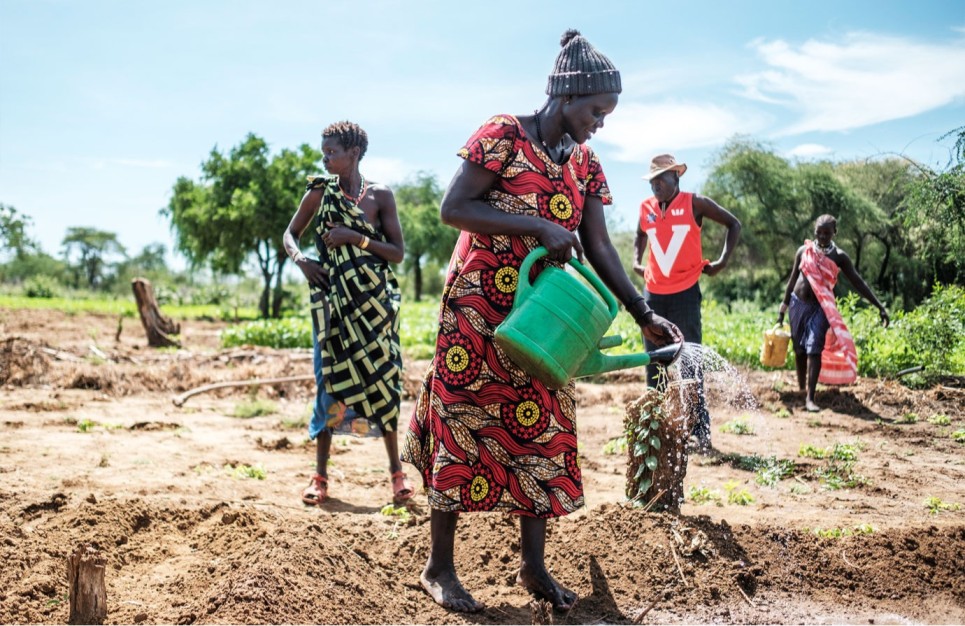
Addressing Gender Equality in Climate Change Adaptation and Mitigation in Agriculture
The course aims at facilitating the exchange of promising approaches, tools and good practices that can be used by parliamentarians and policymakers to support the design and implementation of sustainable and gender-transformative climate policies and legislations to advance gender equality and empower women and youth in agrifood systems.
Learn more
Building Equitable and Inclusive Agrifood Systems
This course is intended to strengthen the knowledge and competencies of parliamentarians and policymakers on the relevance of gender issues in agrifood systems and know how to build equitable and inclusive agrifood systems, and be able to monitor the gender impacts of policies and investments.
Learn more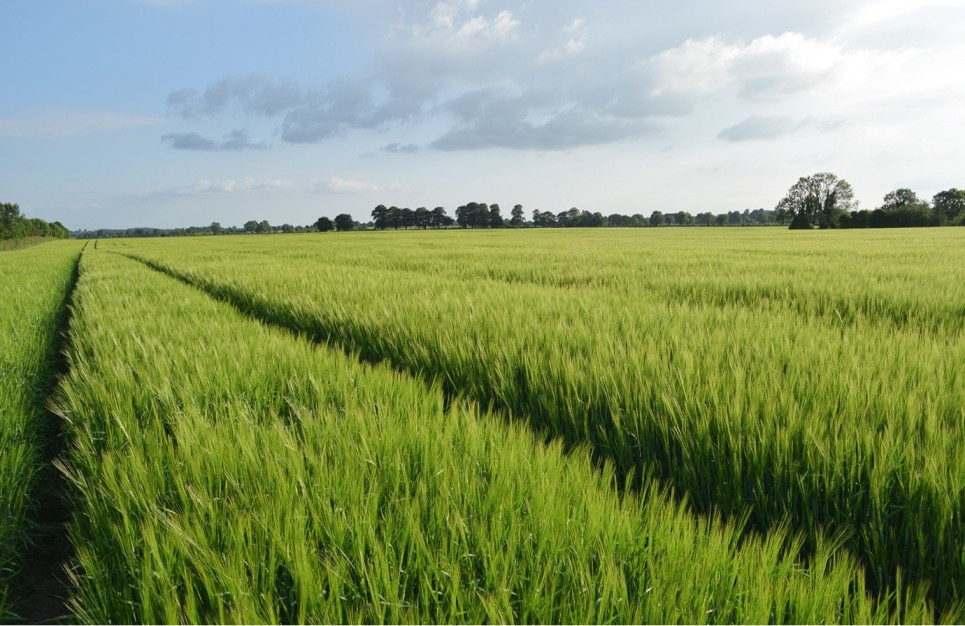
Creating an enabling environment for responsible investment in agriculture and food systems - Fundamentals
This course illustrates the importance of responsible investment in agriculture and food systems for sustainable development, as well as the scope and content of the CFS Principles for Responsible Investment in Agriculture and Food Systems (CFS-RAI). It also analyses the features of an institutional, policy, legal and regulatory environment.
Access course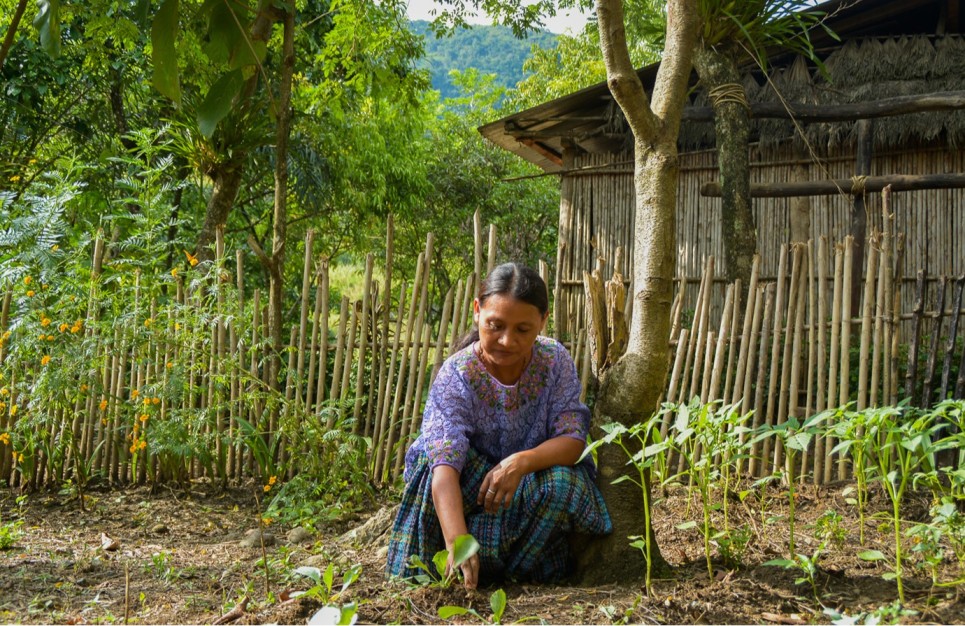
Securing women’s land rights in the context of agricultural investment
This course focuses on gender and land issues in the context of agricultural investment. It provides concrete guidance on strategies, approaches and measures that can be adopted to enhance women’s land rights. This on one hand can foster women’s active involvement in agricultural investment.
Learn more
Responsible investments in agriculture and food systems. A practical handbook for Parliamentarians and Parliamentary advisors
This handbook provides a comprehensive and systematic overview of the role that members of parliament and parliamentary advisors can play in the creation of reliable, coherent, and transparent “enabling environments” in the range of areas related to investment in agriculture and food systems.
Learn more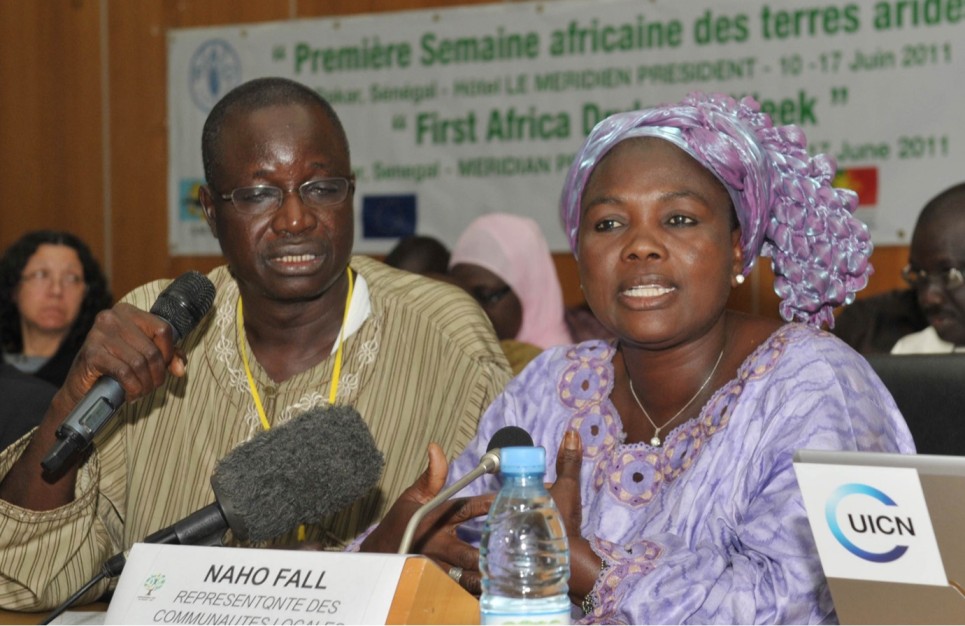
Building a gender-responsive policy and legal framework for agricultural investment and supply chains
This course focuses on gender issues and the policy and legal framework for agricultural investment and supply chains. It provides concrete guidance on actions required to create a policy and legal framework that increases the likelihood of women and men benefiting equally from agricultural investment and supply chains.
Learn more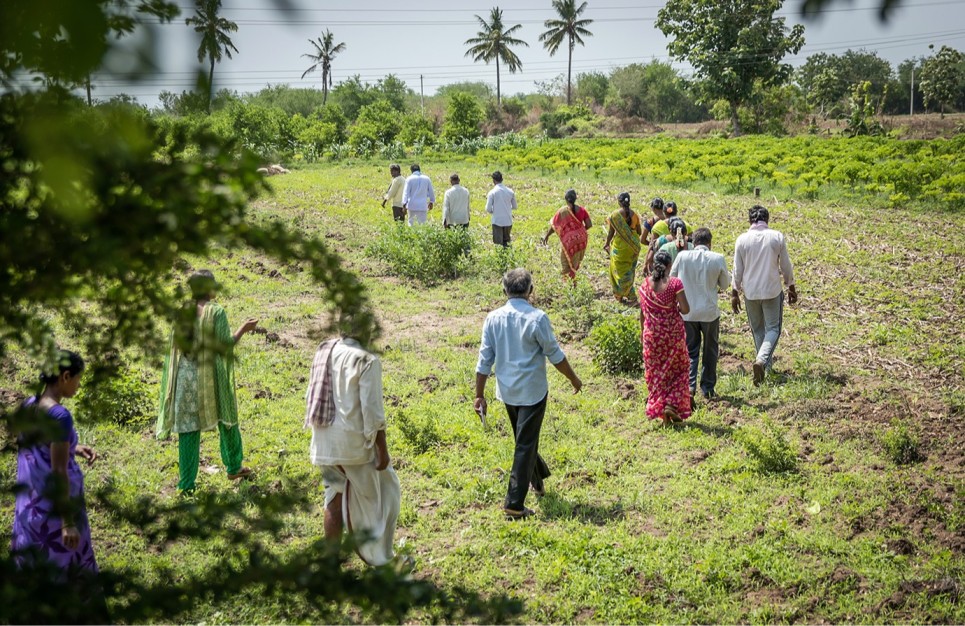
Formulation of Farmer Field School programmes
Farmer Field School (FFS) is a participatory education approach that brings together a group of small-scale food producers to solve production problems through sustainable agriculture. The FFS approach offers space for hands-on group learning, enhancing skills for observation and critical analysis and improved decision making by locals.
Learn more